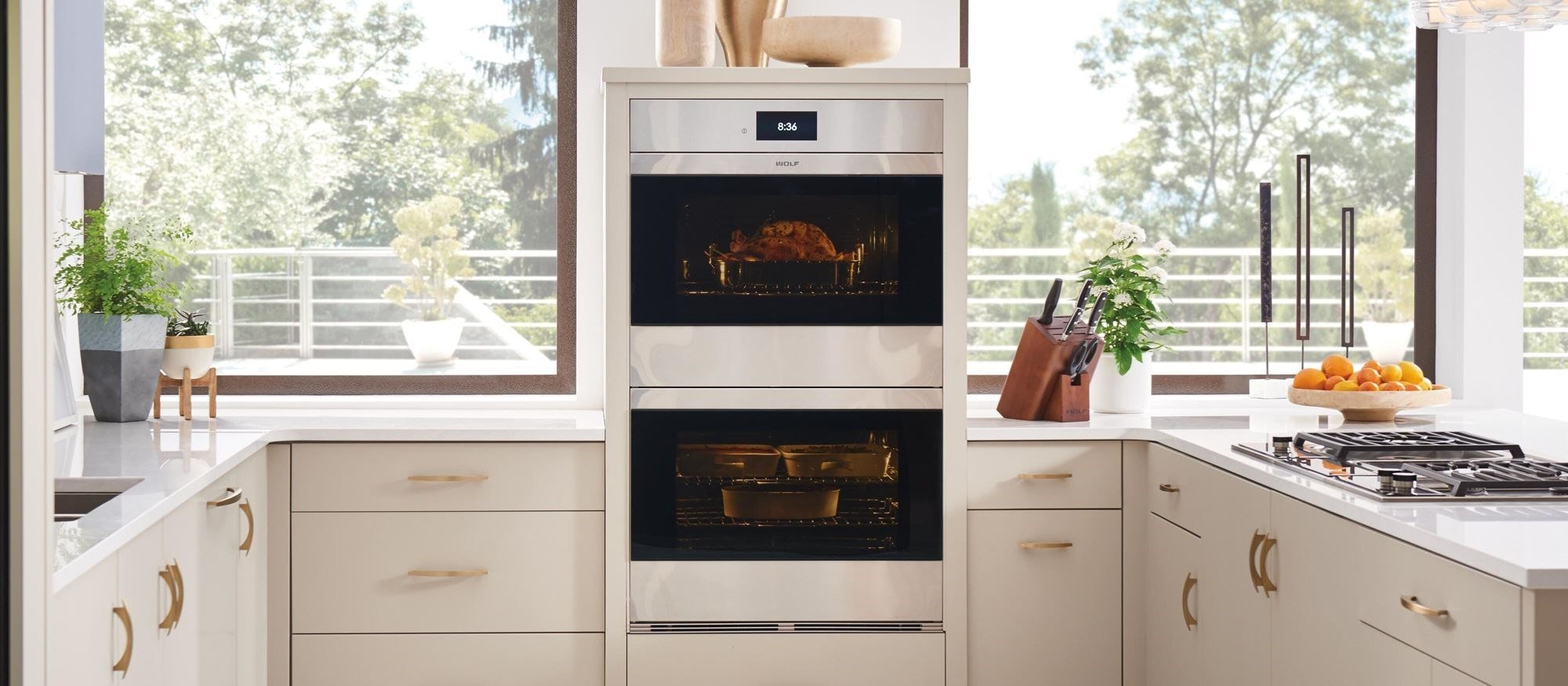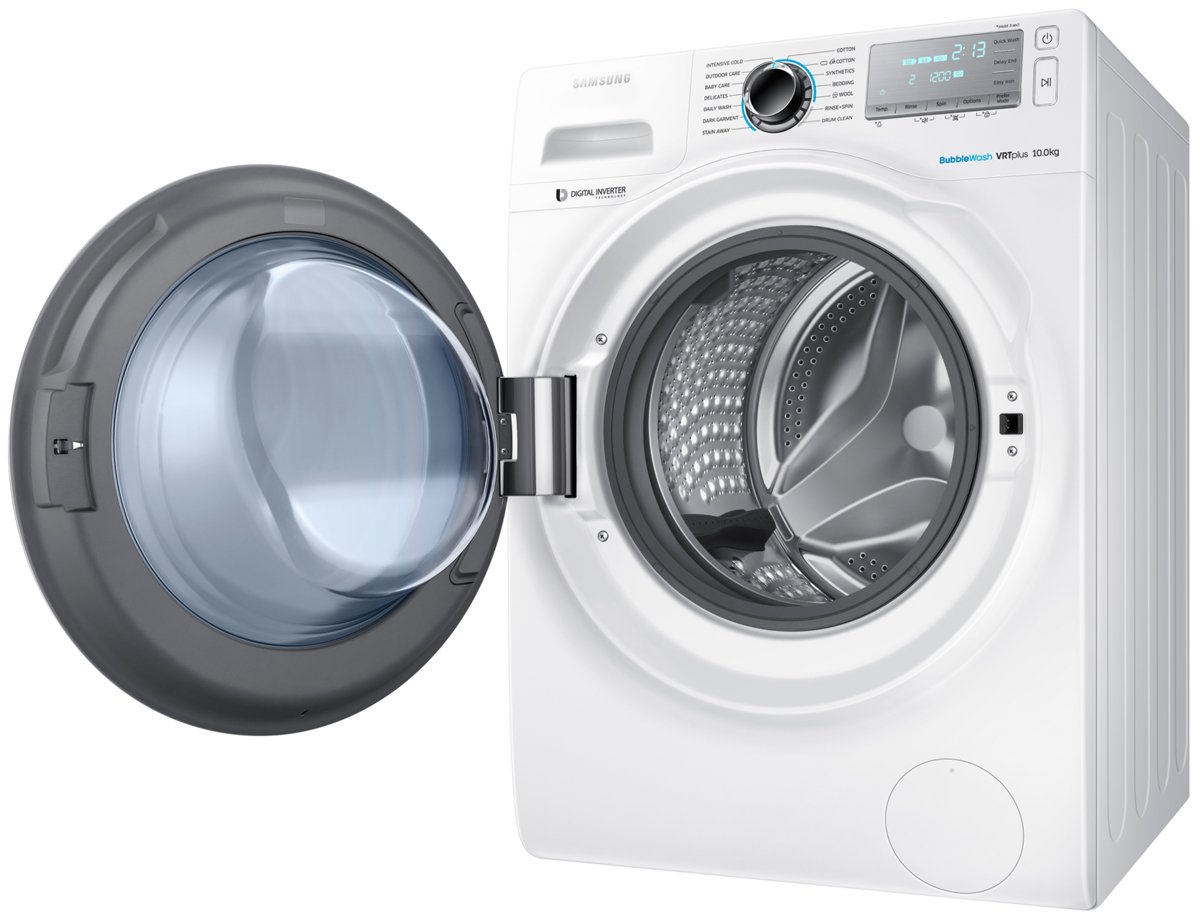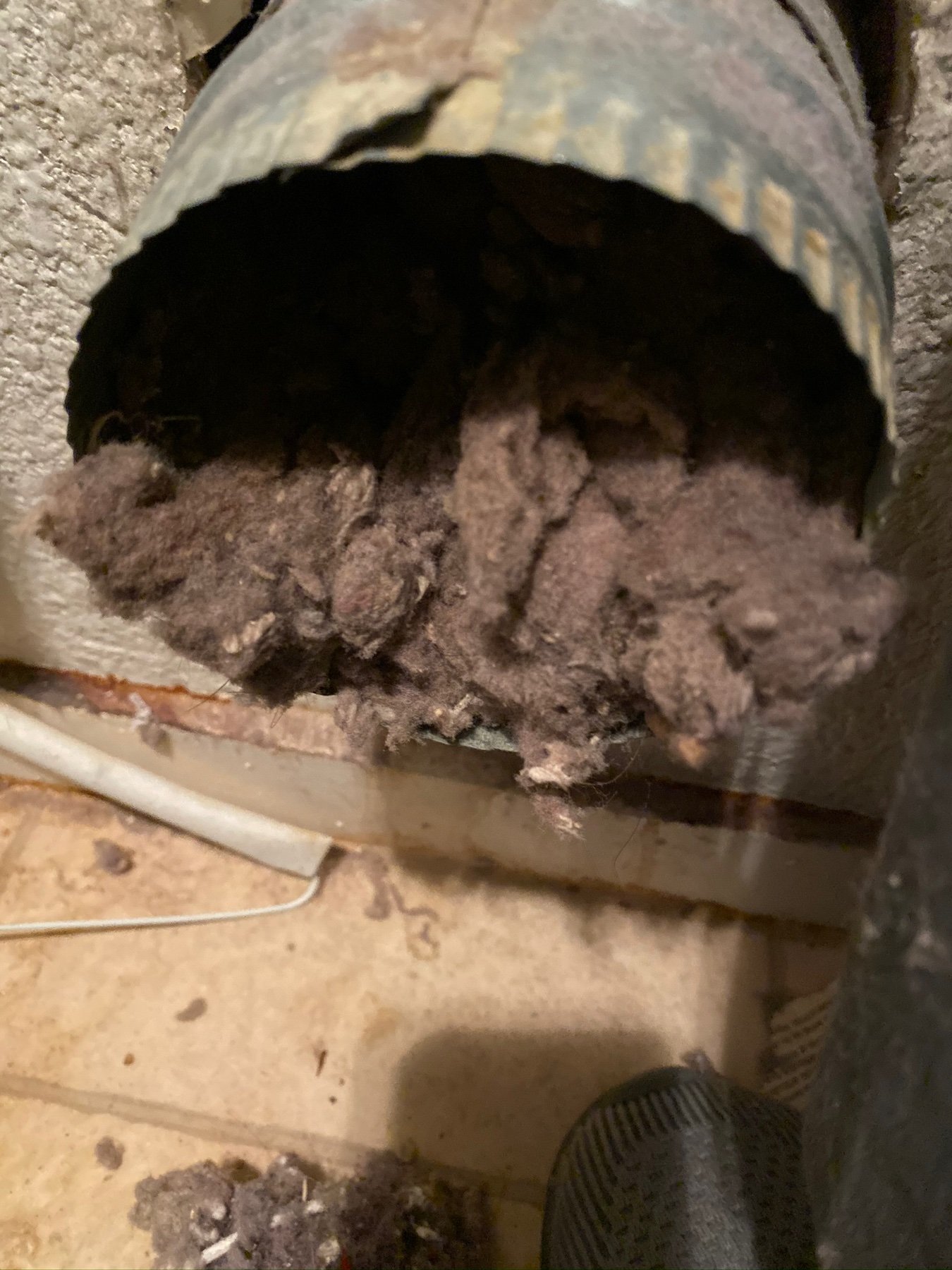Understanding, Locating, and Conquering the Calcified Culprit
Scale, it's a word that carries an air of mystery and intrigue, a term that defines simplicity and demands a closer look. While it might seem like a dry term, the realm of scale is a multifaceted puzzle, filled with mineral deposits, intricate chemistry, and solutions waiting to be discovered. In this article, we’ll begin to explore the enigmatic world of scale, unravel its mysteries, understand its origins, and uncover the methods to combat it.
Unraveling the Enigma of Scale
The term "scale," according to Dictionary.com, is described as "a coating or incrustation, as on the inside of a boiler, formed by the precipitation of salts from the water." It's not the most straightforward definition, is it? However, Wikipedia offers a more tangible explanation: "Limescale is a hard, chalky deposit, consisting mainly of calcium carbonate (CaCO3). It often accumulates inside kettles, boilers, and pipework, especially in areas with hot water. You can also find it as a similar deposit on the inner surfaces of old pipes and other places where hard water has flowed."
It doesn’t sound that scary does it? But if you’ve dealt with it in your home you know that it’s a pain in the neck to try and combat. So, what does all of this mean? When rainwater goes into the ground, it dissolves minerals in the rock and carries them into your home's piping. In essence, scale is a stubborn buildup of minerals, primarily calcium carbonate, that tends to show up in various nooks and crannies of our daily lives, particularly in water-related installations.
Where Does This Mysterious Culprit Emerge?
Having delved into the nature of scale, let's explore where this frustrating substance tends to make its presence known. Brace yourself; scale can appear almost anywhere where water gathers. We're talking about pipes, showerheads, faucets, fixtures, the bottom of your water heater, the bathtub, the toilet, sinks, and even tiles in wet areas. It doesn't stop there; it can also find its way into small appliances like coffee makers and kettles, and even humidifiers. In short, scale has a knack for infiltrating and establishing its presence wherever moisture is abundant. If your home has hard water, such as if you’re living off a well, or at a country house, you’re in even more trouble as scale will show up in your dishwasher, your refrigerator, your steam oven, and your ice maker.
The Quest to Descale: An Odyssey of Solutions
Faced with this challenging issue, the question naturally arises – how can one rid their living spaces of this unwelcome guest? Vinegar and citric acid often serve as the first-line, natural solutions, calling back to simpler times when household remedies reigned supreme. Yet, the stubbornness of scale has given rise to an entire industry, offering a plethora of products and methods for descaling.
A simple online search for descaling products can bury you with in a mountain of choices. You'll find hardware stores offering innovative DIY installations and retail giants like Walmart providing pre-packaged solutions. Don't forget the trusty old CLR Rust Remover, a tried-and-true choice found on the shelves of Lowe's. There are dozens of options, and all of them have people who swear by them.
Two of our favorite techniques for descaling are vinegar or ice & salt.
Vinegar is a technique that takes a bit of time to see it work, but it’s effective. For your dishwasher, your washer or your coffee maker, you’ll want to run varying amounts through at least once, before rinsing them with an empty run of just water.
Dishwasher - Take a dishwasher-safe container and fill it with white vinegar. Set that on the top rack of your empty dishwasher and run a regular cycle to disperse the vinegar throughout, making sure that you don’t add any detergent to the machine.
Washer - Add 1 cup of white vinegar to an empty washing machine and run it as normal.
Coffee Maker - For a 12 cup pot - Pour in 4 cups of undiluted vinegar and 6 cups of water to an empty reservoir. Let that sit for 30 minutes and then run a full brewing cycle. Dump the pot, and run the 2-3 more brewing cycles of just water until the smell of the vinegar is gone.
What if you need a cup of tea right now though? Or you need to boil water right now and your kettle is the fastest method? In that case, you can dump a large cup of ice into your kettle, pour ⅓ c of water and ¼ c of salt into the kettle. Swirl the kettle around vigorously until your ice is melted, and pour it out. If you regularly descale your kettle, this should do the trick. If not, you might need to repeat the process another time or two.
The Diverse Descale Demands
It's essential to remember that not all scales are created equal, and the methods to combat them should be equally diverse. Items that can be submerged, like dishes, glasses, showerheads, and removable faucet parts, can be soaked in vinegar or cleaning chemicals overnight and then cleaned to remove the scale. An effective trick is to run vinegar through your dishwasher on an empty one-hour cycle, a solution that has proven itself through personal experience.
Additionally, there's a thriving market for spray-on descalers, catering to those searching for quick, hassle-free solutions. The array of choices in this category can leave anyone feeling somewhat bewildered.
Conquering the Scale Beast: A Whole-House Approach
While we've explored individual solutions and targeted remedies, there's a compelling case to be made for a comprehensive approach to scale eradication. The idea of descaling your entire household's plumbing might sound like a formidable task, but it promises long-term freedom from scale's tyranny. A comprehensive guide from Landmark Home Warranty suggests such a technique, offering a detailed blueprint to tackle the scale epidemic at its roots. We can’t say whether it works or not, having not tried it ourselves, but if anyone out there has, we’d love to hear!
But what about the major appliances in your home? Your dishwasher, your water heater, and your washing machine are all at risk of falling prey to the scale. These appliances are not only essential but often expensive to replace. When scale infiltrates their systems, it can lead to decreased efficiency, increased energy consumption, and even costly breakdowns.
If you're facing issues with your major appliances due to scale buildup or any other problems, Appliance Rescue Service is here to help. Our team of experts specializes in appliance repair and maintenance, ensuring that your appliances run efficiently and smoothly. Don't let scale disrupt your daily life. Reach out to us at our website or give us a call at((214) 599-0055), and we'll take care of your appliance concerns. With our help, you can keep your appliances running like new and enjoy peace of mind in your home.
Additional Reading
Why Aren’t My Dishes Getting Dry?
Dishwasher Tips: Help Your Dishwasher Clean Better – Just in Time for the Holidays!










